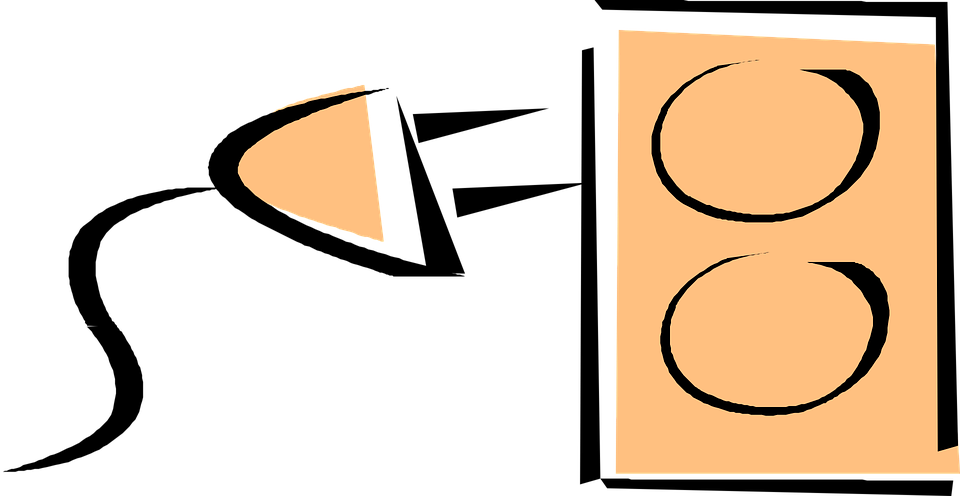How to Choose the Right Power Converter and Adapter while Travelling Abroad
When it comes to travelling or studying abroad, we often tend to overlook the departure guide us about the power converter and adapter to carry. This blog post will be of great help if you have forgotten to look into some major aspects of electricity and you are planning to go for some adapter or converter shopping.

Here’s what you should look into.
Plug shape
There are various types of plug shapes available all over the world. But the 4 most commonly used plugs are:
- American (Type A)
- European (Type C)
- British (Type G)
- Australian/Chinese (Type I)
Amount of Voltage
The normal supply of electricity in the United States is around 110 or 120 volts at 60 Hz frequency. In Europe as well as other parts of the world, it is supplied at 220 volts and 50Hz frequency. Hence, any device between 200 volts and 240 volts might work.
Hertz/Frequency
All the countries use either 50 Hz (Europe/Asia) or 60 Hz (US). Mostly all electrical devices support both these cycles. It’s just that the type of frequency will affect the analog clocks of the devices. Although you cannot do much about the frequency, it will not cause any hindrance for you.
Should you buy an adapter or a converter?
In order to find out if you need a converter, you should look at the back of the device you are going to use internationally. If it falls within the range of 100 ~ 240V and 50/60 Hz, it will work everywhere in the world provided you have the right power plug adapter. Laptops usually come with a dual voltage feature. In case the voltage and power of your device are compatible with the place you are travelling to, you just have to be careful about buying the outlet prong adapter. If it has single voltage, you will need a step-down converter.
While buying a converter, you should keep voltage and wattage in mind; the information to which can also be found on the device. In case it isn’t available, you can multiply the amps and voltage and the answer you get is the amount of wattage. However, you must ensure that your converter the rating of your device is 10% more than that of your device.
If you are going outside US, it is compulsory for you to have an outlet adapter. In fact, you can buy a universal adapter if you have decided to stay in Mainland Europe or UK.
Always remember that most of the electronic products designed these days have a battery charger that is compatible with the voltage range of 100V to 240V and hence it will work almost everywhere without a converter. Beware of carrying along curling irons and hair dryers as they might cause a fire. It is better to buy such equipment from the place where you are planning to stay.
We hope the above tips were useful to you. Stay tuned for more information on converters and adapter.



Comments
Post a Comment